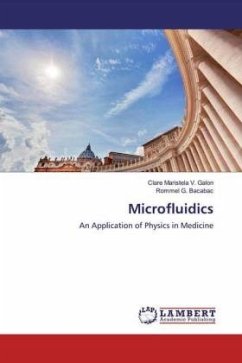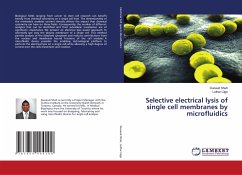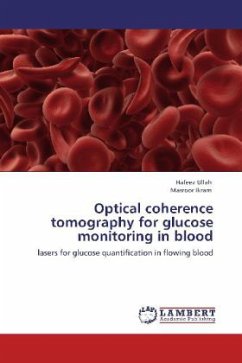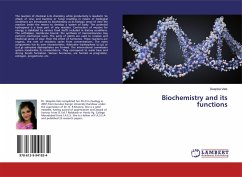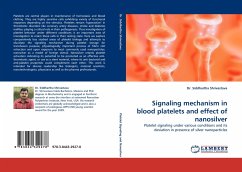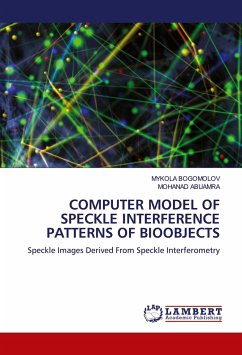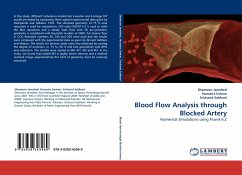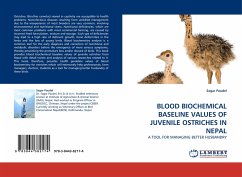The mechanical properties of cells are often an indicator of disease. Red blood cells (RBCs) are easily deformable, thus its viability depends greatly on its extracellular medium. In this book, a microfluidic channel with the top wall decorated by a periodic array of rigid diagonal ridges that can sort RBCs with different stiffness is presented. It can give rise to a stiffness-dependent force, thus induce transverse separation. RBCs with extracellular media of 0.89% and 0.59% sodium chloride concentrations are separated. By bathing RBCs to various salt concentrations, its shape morphology and also its viscoelastic properties change. The total RBC count also correlated with the %salinity concentrations. These findings support observations relating salinity in blood with RBC count in physiological conditions. With a flow rate of 0.02mL/min and cell concentration of 3.2 x 1010cells/mL, the outlets of the microfluidic device were able to collect RBCs with a total retention of 78%. The analysis should help shed light to the role of physics in medicine. Microfluidics can be an approach to a powerful clinical tool for blood analysis and supplementary tool for disease detection method.
Bitte wählen Sie Ihr Anliegen aus.
Rechnungen
Retourenschein anfordern
Bestellstatus
Storno

